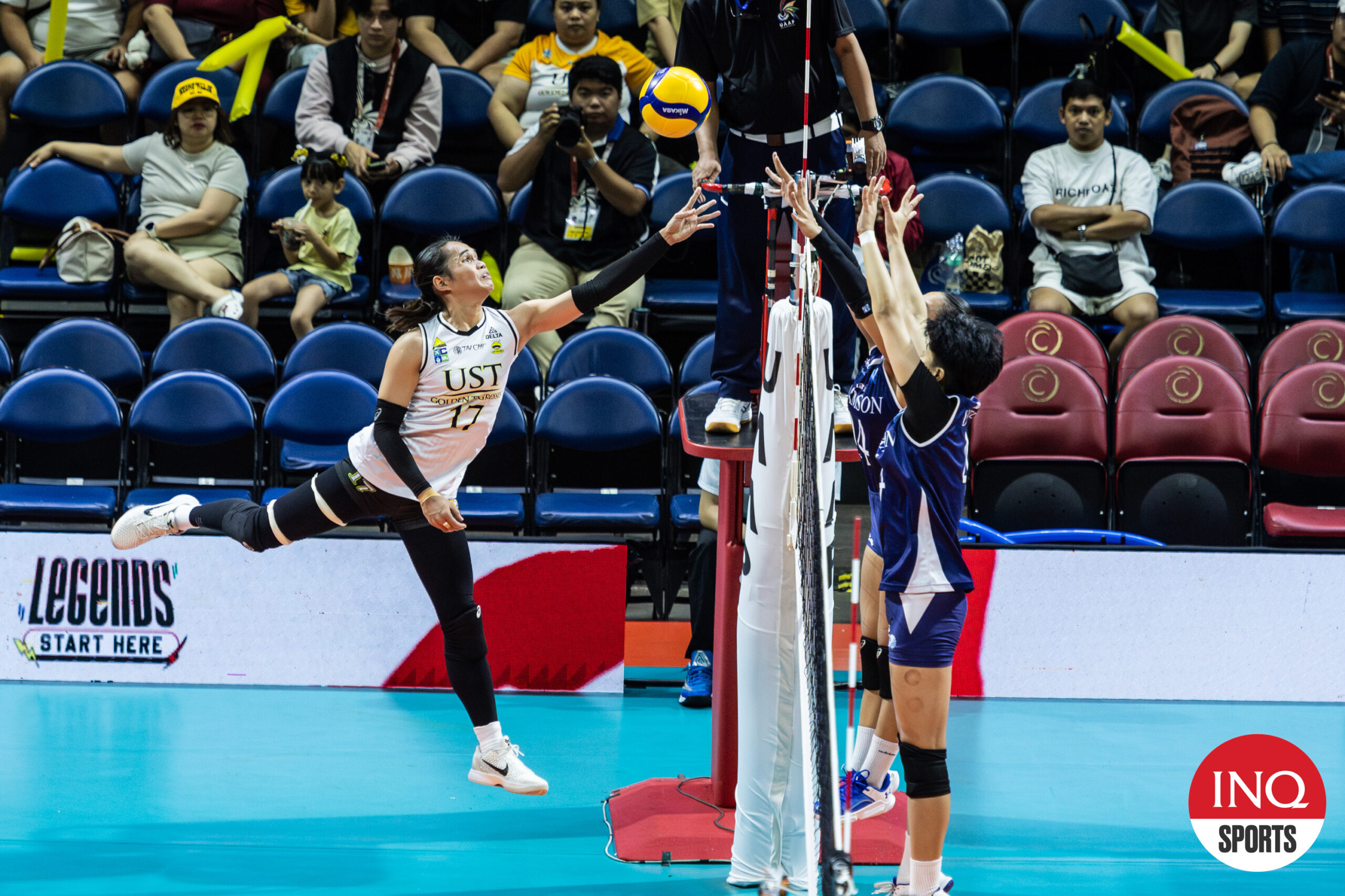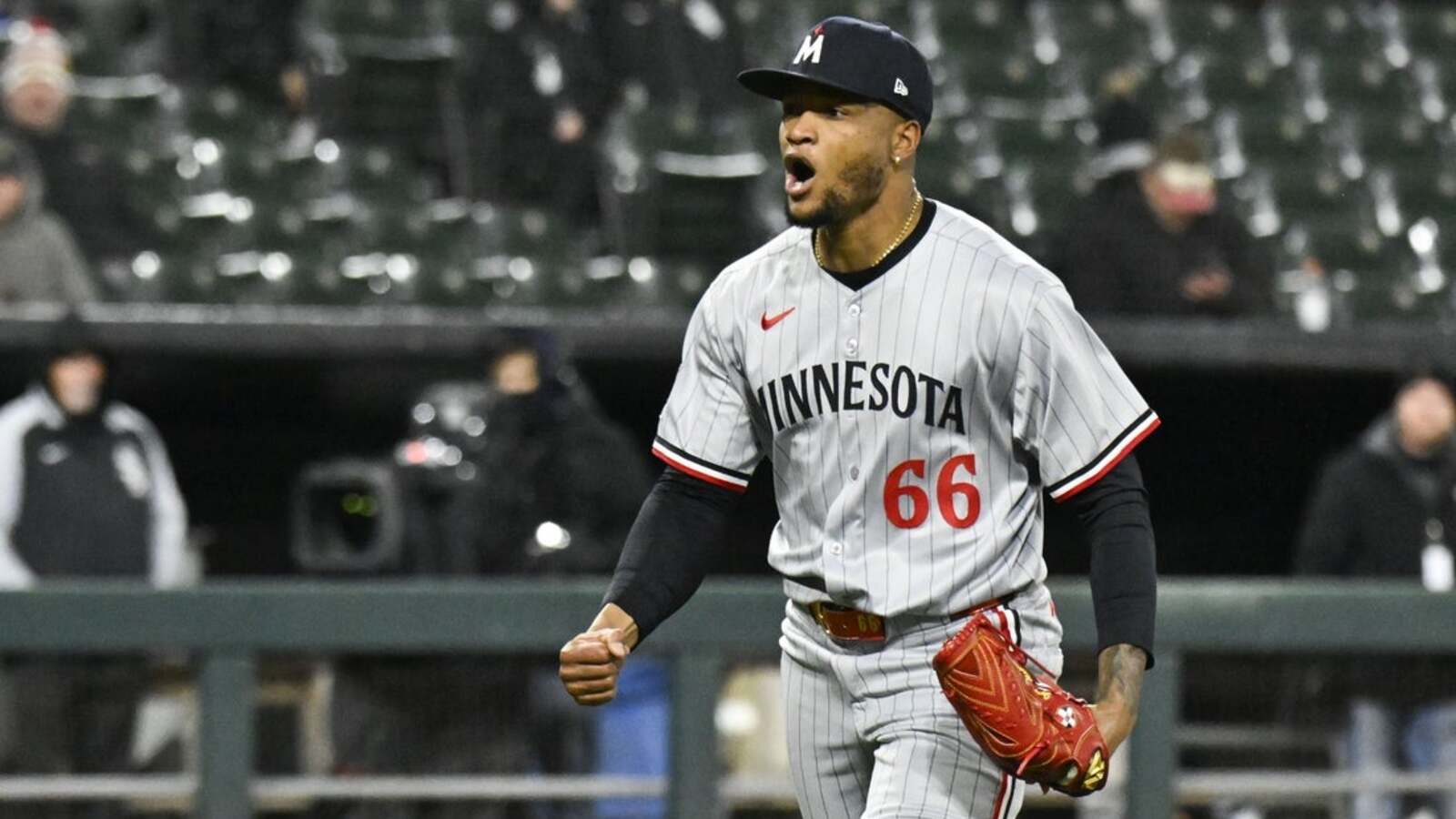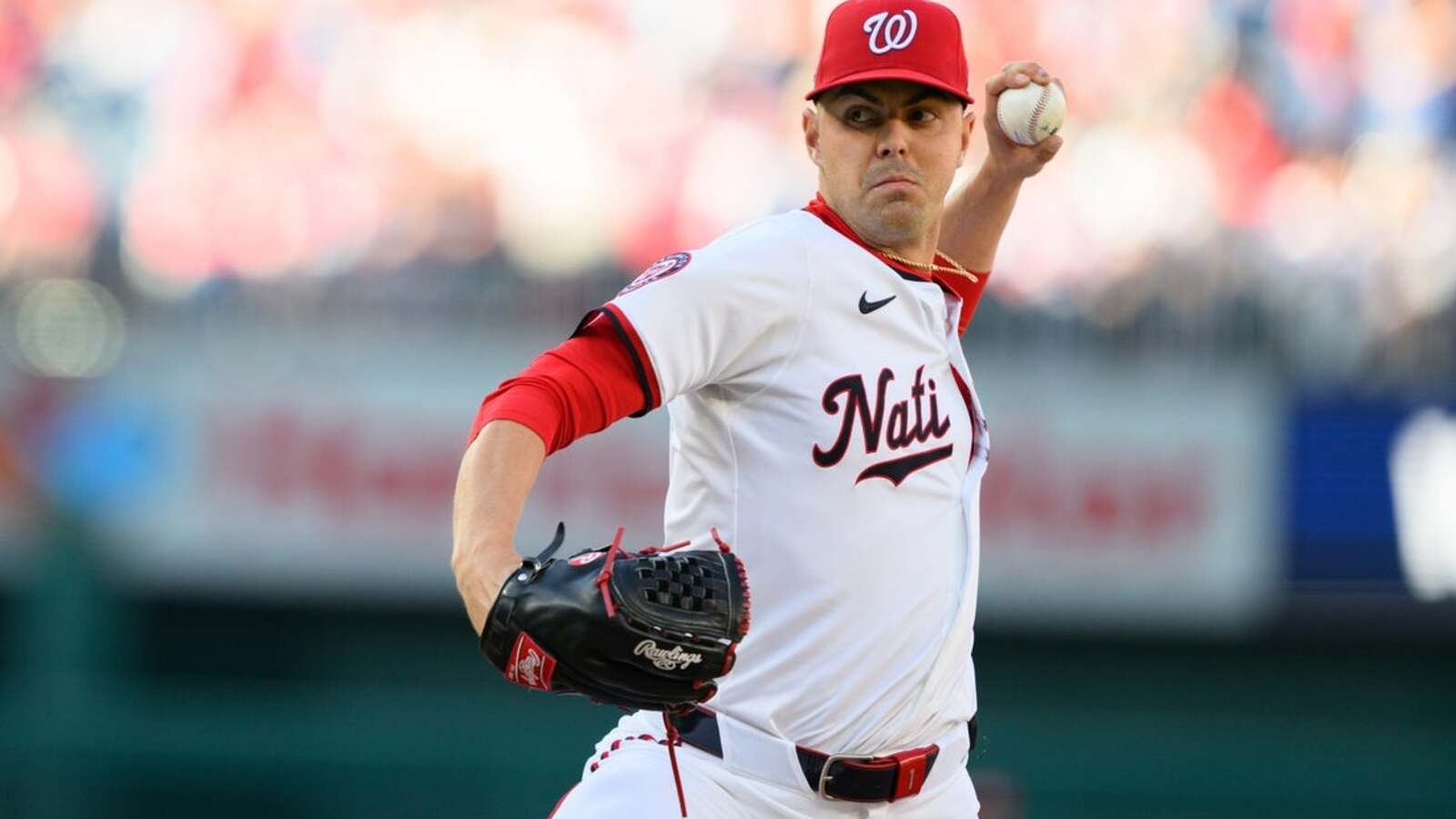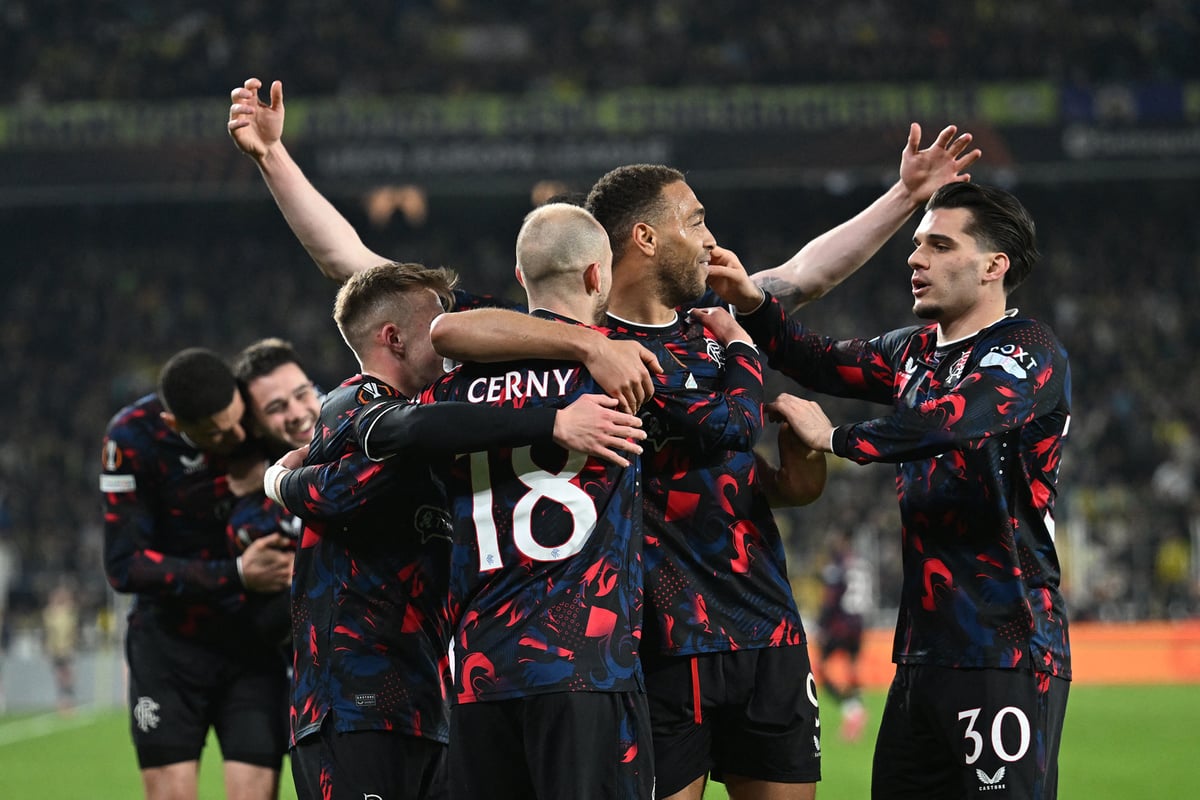
PALM BEACH, Fla. — The New York Giants’ top brass is at the swanky Breakers Resort this week for the NFL’s annual league meetings. When general manager Joe Schoen meets with reporters Monday, he’ll field queries in various forms about the team’s biggest looming question: How will he address the quarterback position in the NFL Draft? The Giants’ draft intentions should be even murkier if Schoen properly manages the session.
Advertisement Coach Brian Daboll will address reporters Tuesday for the first time since the season ended. There’s no risk of Daboll revealing the Giants’ plans — at last year’s league meetings, he wouldn’t even share what position free agent safety Jalen Mills would play. The most candid member of the Giants’ organization, co-owner John Mara, notably won’t speak this week.

Mara met with reporters at each of the seven previous league meetings I’ve attended. Mara said plenty in his season-ending news conference explaining the decision to retain Schoen and Daboll, so he’s stepping back as they execute their plan. With revelations about the Giants’ draft plans unlikely to come directly from team leadership this week, here’s a review of where things stand at quarterback and an attempt to read the tea leaves on what could happen in the draft, which is less than four weeks away.
Schoen has been credited for resisting a “Hail Mary” swing for a quarterback that would have put self-preservation above the future of the organization. While it’s true the Giants have made modest commitments to veteran quarterbacks Russell Wilson and Jameis Winston, the path to those signings can’t be ignored. A quarterback room of Wilson and Winston clearly was not Schoen’s goal at the start of the offseason.
He first aggressively pursued a trade for Los Angeles Rams quarterback Matthew Stafford. Stafford was the best potential option to help the Giants win immediately, but he’s 37 years old and would have come at a considerable cost — a multi-year contract worth at least $50 million per year plus draft compensation likely including a second-round pick. Stafford may have produced an immediate jolt, but giving up so much to get him would have been the exact type of short-sighted decision Schoen vowed to avoid.
Plan B was Aaron Rodgers. There wouldn’t have been any draft capital sacrificed to land Rodgers since he’s a free agent and his contract would have been cheaper than what the Giants were prepared to pay Stafford. But Rodgers’ price tag likely would have been closer to Stafford’s than Wilson’s and at 41, Rodgers would have been even more of a short-term play than Stafford.
Advertisement It appears the Giants finally grew tired of waiting on the long shot that Rodgers would choose them. Instead, they signed Winston hours after the reporting of Rodgers’ visit with the Steelers, who remain the favorites to land the four-time MVP . Trading up for the No.
1 pick to take Miami’s Cam Ward also fits somewhere in the quarterback plan. Though that’s still possible, indications are that it would take a major haul for the Titans to trade the top pick. The speculation at the combine that the Giants could move up to No.
1 for just two third-round picks seems quaint now. The inability to execute any of their three preferred plans led the Giants to where they are now, with Wilson, Winston and significant uncertainty about their draft strategy. There has been a sentiment the Giants are less likely to take a quarterback with the No.
3 pick after the signings of Wilson and Winston. It’s hard to understand why that conclusion has been drawn. The Giants, who only had Tommy DeVito under contract for the first two weeks of free agency, were always going to add somebody at quarterback.
Wilson was a logical target, but the 10-time Pro Bowler’s reputation eclipses his current form . The Giants will be Wilson’s fourth team in five years. He was available for such a discounted price due to the lack of interest in his services.
The Browns, who may be the lone team in the NFL with a more dire quarterback situation than the Giants, were the only other suitor for Wilson. The Steelers were content to wait on the whims of Rodgers rather than re-signing Wilson after his one season in Pittsburgh. That the Giants signed two veteran quarterbacks has been perceived by some as a sign they’re not planning to draft one.
But loading up at the position is on brand for a regime that has been reactionary throughout its tenure. So after enduring dismal play from four different quarterbacks last season, the Giants may just be placing a premium on having two capable options regardless of their draft plans. Advertisement Perhaps the order of the signings shifted the perspective.
When Winston, who has made 87 career starts, was signed to a two-year, $8 million contract, he was viewed as a potential bridge to a top draft pick. But then when Wilson was signed to a one-year, $10.5 million contract four days later, the Giants became set for the 2025 season with two experienced quarterbacks.
But being set for 2025 wasn’t the goal of the offseason. Mara said at the outset of the offseason that finding a quarterback of the future was the top priority. That quest could come later in the draft, but the most obvious path to a potential franchise quarterback is the third pick.
The draft decision will hinge almost entirely on the Giants’ evaluation of Colorado quarterback Shedeur Sanders. Sanders is a polarizing prospect, but he’s widely viewed as the No. 2 quarterback in this class behind Ward.
Schoen and the rest of the front office scouted Sanders extensively during the season. That exposure continued in the early stages of the pre-draft process, with meetings at the East-West Shrine Bowl and scouting combine. There are still important steps remaining in the evaluation process.
The Giants certainly will have a large contingent at Colorado’s pro day on Friday. It will be interesting to monitor if Daboll attends after he skipped Ward’s pro day last Monday. The Giants surely will host Sanders for a visit and will conduct a private workout before the draft.
Those are two of the most important touchpoints of the process. After all of those steps in the assessment are complete, the Giants will need to decide if Sanders is worthy of the No. 3 pick (assuming the Browns don’t take him at No.
2). If the Giants deem Sanders a potential franchise quarterback, they should pick him without any consideration of the veterans under contract. If the Giants don’t believe Sanders is the type of player who can lead the franchise back to prominence, they shouldn’t force the pick.
But again, the stopgap veterans shouldn’t factor into that high-stakes equation. The one piece of circumstantial evidence that could point to the Giants not being enamored with Sanders is their pursuit of Stafford and Rodgers. If they were sold on taking Sanders, why would they have been so aggressive in seeking veterans who would have locked down the starting job for at least one season? But chasing those veterans may have just been the result of a desperate search for a solution at quarterback.
This has clearly been a fluid plan based on all of the pivots to this point. Advertisement No one knows what the Giants will do in the draft for a simple reason: They don’t know yet. Even if the Giants have a strong conviction, they’re still at the mercy of what the Titans and Browns do with the first two picks.
With reports linking Ward to the Titans and Penn State edge rusher Adbul Carter to the Browns, the Giants could be facing a decision between two Colorado stars: Sanders and wide receiver/cornerback Travis Hunter. Will they take Sanders? There’s not enough evidence to say at this point. And an answer certainly won’t be revealed this week.
(Photo of Joe Schoen and Brian Daboll: Adam Hunger / Associated Press_.















